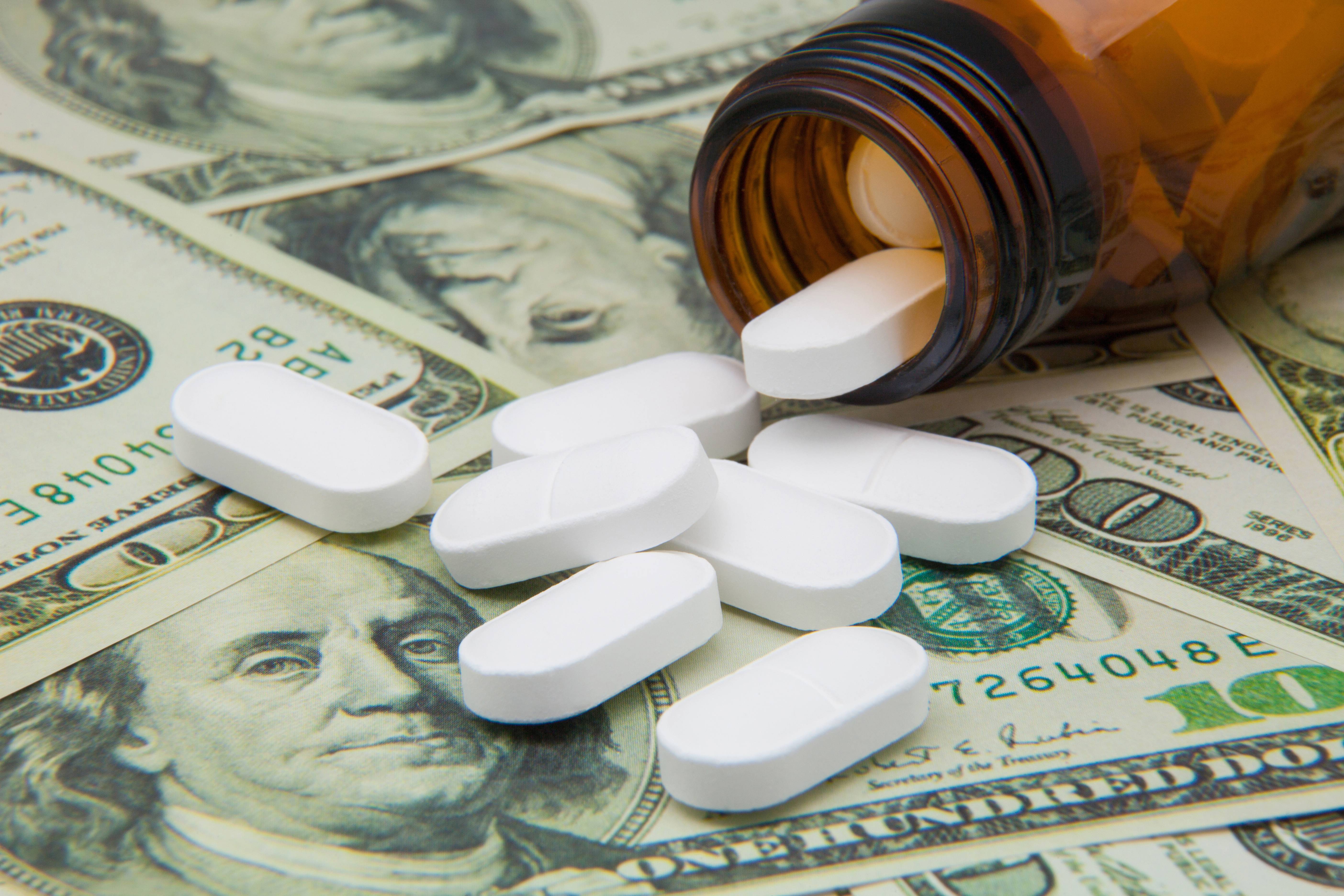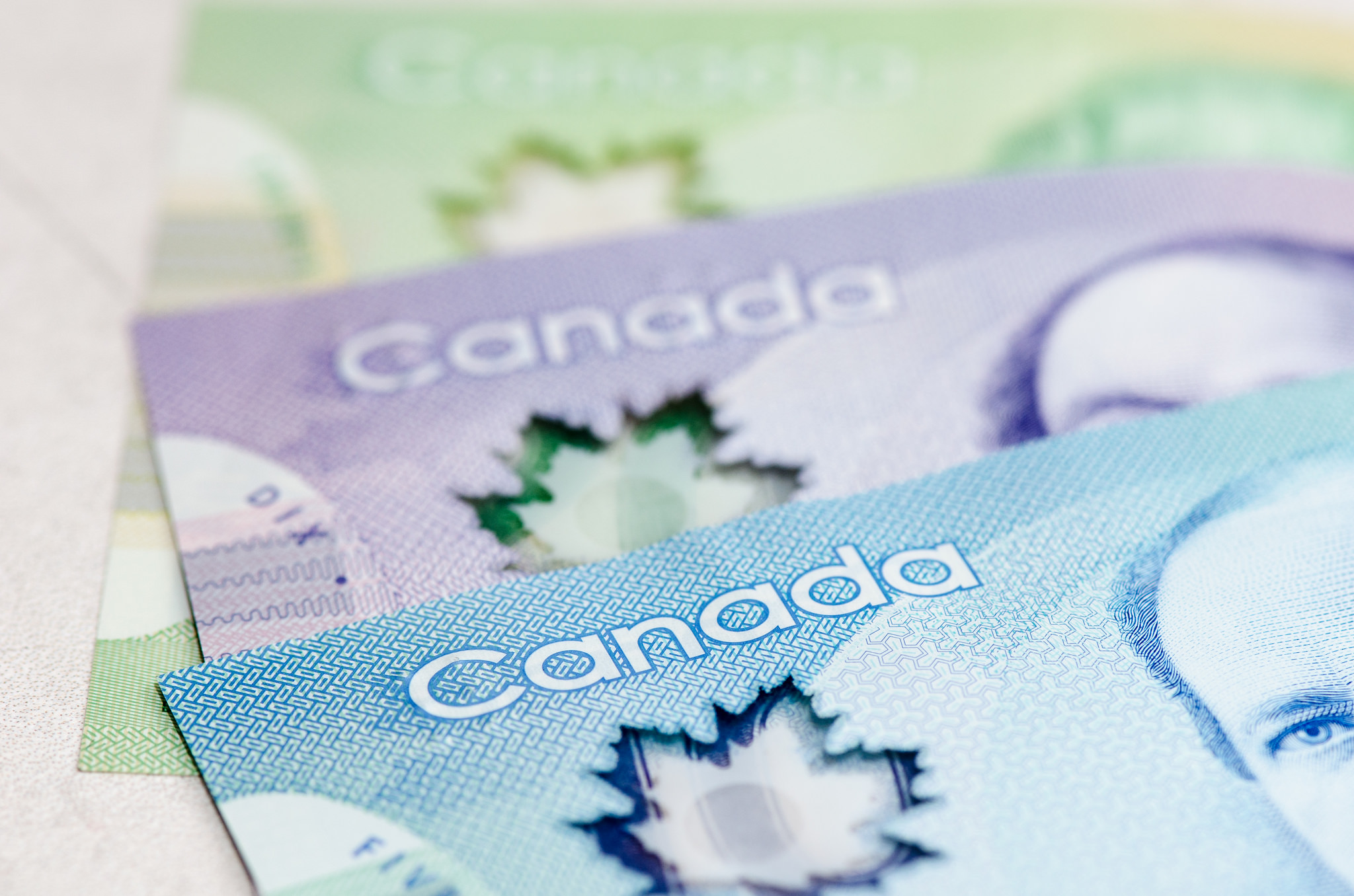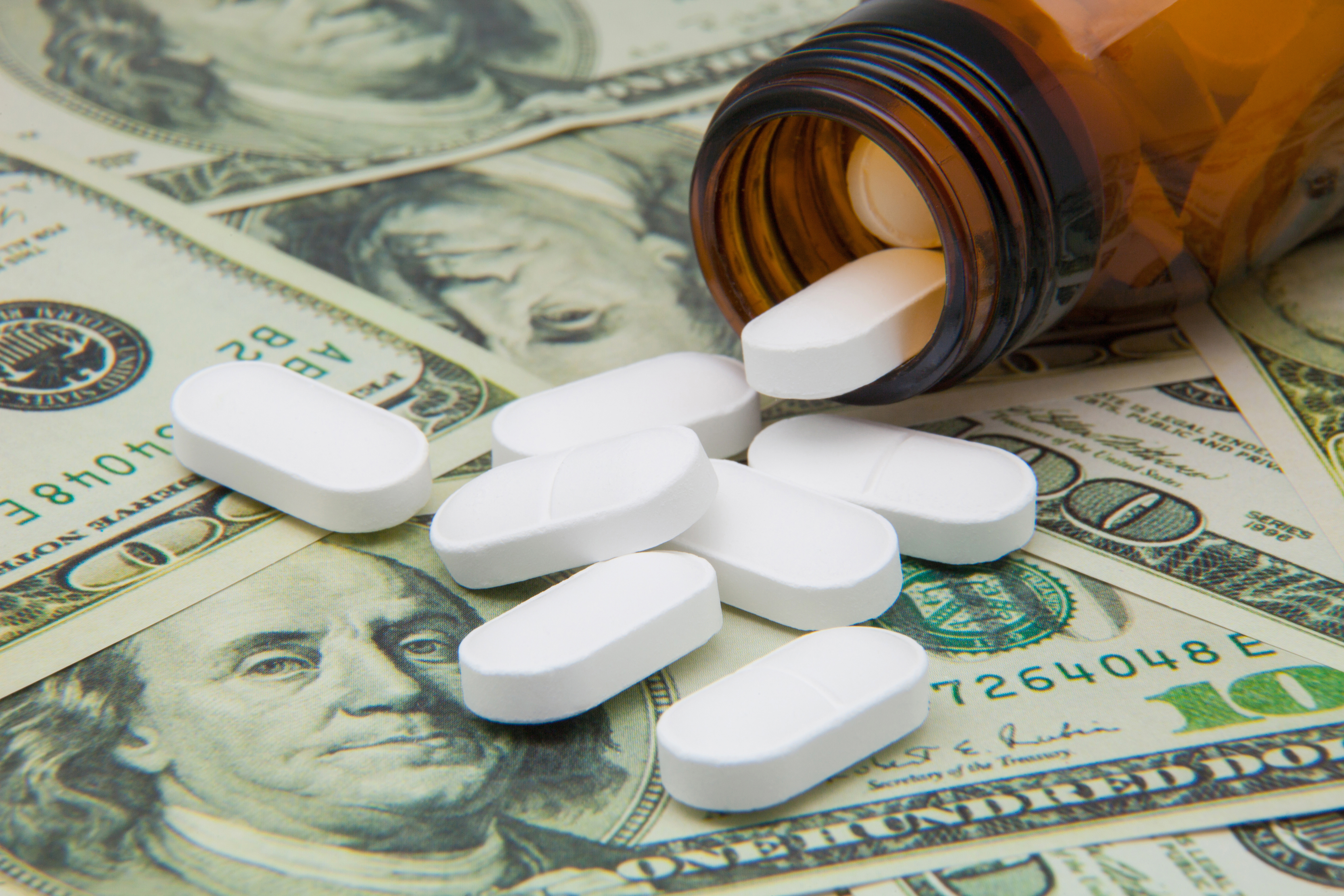The Pharmaceutical Research and Manufacturers of America (PhRMA) recently proposed a new policy for how pharmacy benefit managers (PBMs) and others in the supply chain should be compensated for their work. The biopharmaceutical industry trade group says that if PBMs were paid a service fee instead of the current process wherein they’re given a percentage of a drug’s list price, then the overall cost of prescription medications in the US would go down.
According to PhRMA, while health insurance companies and other payers benefit from rebates and don’t pay the full list price for a given drug, it’s currently in the best interest of a PBM to charge patients higher prices for prescriptions so that their cut is greater. By removing this incentive, drug prices could be lowered, and patients would benefit from more affordable medications.
“Our industry agrees with the Administration that the status quo is not working in the best interest of patients and our health care system needs to change,” said Stephen J. Ubl, president and chief executive officer of PhRMA. “Delinking supply chain payments from the list price will be disruptive and requires our companies and others to adapt, but it is necessary to improve patient affordability. We hope realigning these incentives will result in a greater shift toward value and lower costs for patients.”
PhRMA covers their new policy position in a document titled, “Executive Summary Comment Letter to HHS on Blueprint to Lower Drug Prices and Reduce Out-of-Pocket Costs.” The trade organization also believes that patients should be able to take advantage of rebates when picking up their prescription from the pharmacy, and not just on their insurance premiums.
RELATED: Are Patients Paying More in Copays Than Their Prescription Drugs Cost?
PhRMA also reports that in 2017, negotiated discounts and savings between pharmaceutical manufacturers and payers totalled $150 billion, however patients continue to pay more for their prescriptions. Those with certain health plans – including coinsurance and plans with high deductibles – benefit even less from these rebates as the drug’s higher list price is often used to calculate the patient’s out-of-pocket costs.
This policy change is just the latest in a string of actions taken by PhRMA to take the heat off of pharmaceutical companies when it comes to the drug pricing problem in the US. The trade group is also advocating for an end to what it calls “global free riding” whereby other countries that have stronger price negotiation power for drugs are allegedly contributing to higher drug prices in the US as the industry looks to offset the cost of R&D.
Earlier this month, PhRMA also released data from a ten-year study on out-of-pocket costs conducted by the Kaiser Family Foundation. The study found that between 2006 and 2016, patients’ out-of-pocket costs for prescription drugs grew, on average, by 54 percent; this is compared to a 48 increase in health insurance payments in the same time period. By sharing this data, PhRMA was once again trying to prove that PBMs – and not the pharmaceutical companies themselves – were the ones to blame for the increasingly unaffordable cost of medicines in the US.
The push follow’s PhRMA’s 2017 campaign “Let’s Talk About Cost” where the group sought to highlight the role payers have played in the drug pricing problem.












Join or login to leave a comment
JOIN LOGIN